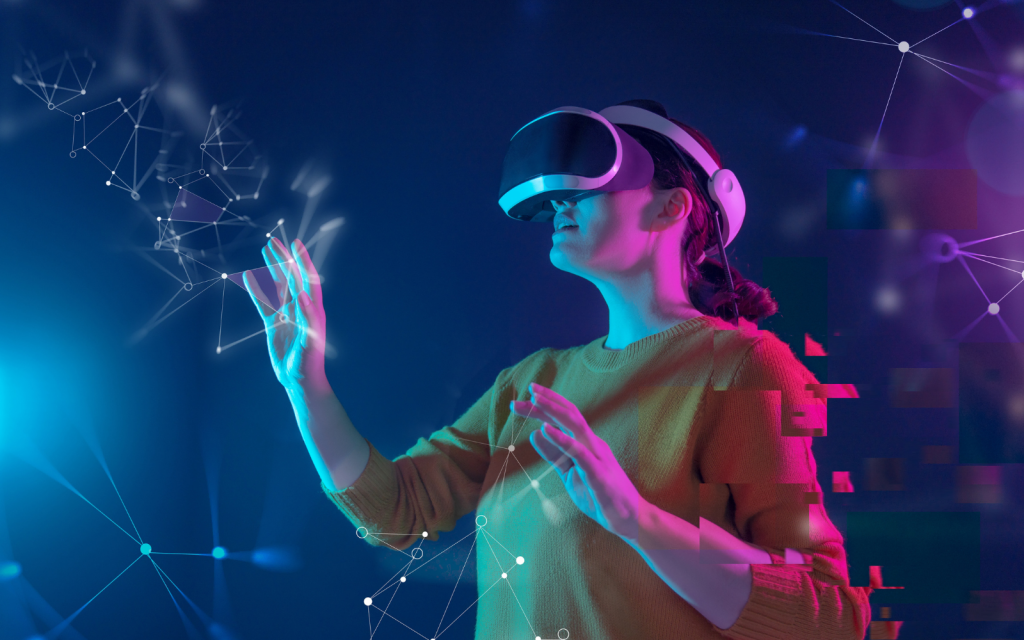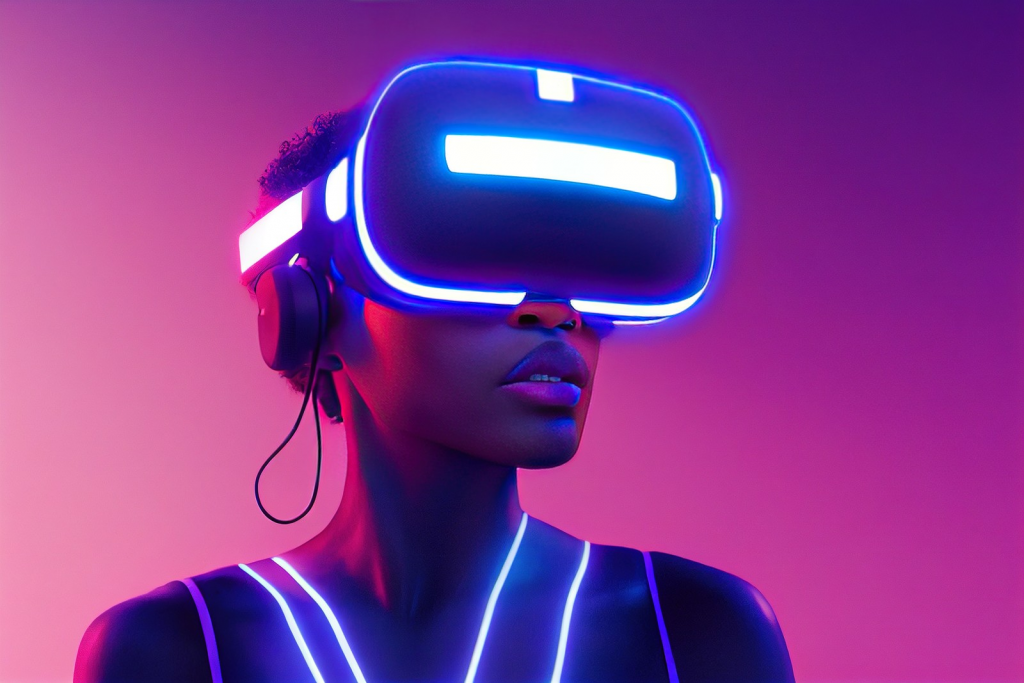Unveiling the Metaverse Marvel: Decoding Its Depths and Dynamics
The metaverse, a term now echoing across the digital landscape, has surged into the spotlight with Facebook’s transformation into Meta and its ambitious plan to construct a metaverse platform. Yet, what lies behind this buzzword? In this exploration, we’ll delve into the metaverse’s concept, history, technology, potential applications, challenges, and societal impacts.
Understanding the Metaverse

Coined by science fiction author Neal Stephenson in his 1992 novel Snow Crash, the metaverse is a fusion of “meta” and “universe.” Initially describing a virtual reality world, it now encompasses various visions of a shared, immersive virtual space connected to the physical world and the internet.
- Collective Virtual Shared Space: The metaverse is a persistent, synchronous, interoperable, scalable, and immersive network of 3D virtual worlds. Accessible through devices like VR headsets, AR glasses, smartphones, and computers, it melds enhanced physical and digital reality.
The Mechanics of the Metaverse

Unlike a centralized platform, the metaverse is an amalgamation of interconnected technologies creating and facilitating virtual worlds. Key players in this technological symphony include:
- Virtual Reality (VR): Offers fully immersive environments through VR headsets and controllers.
- Augmented Reality (AR): Overlays digital information onto the physical world via devices like glasses or smartphones.
- Mixed Reality (MR): Blends VR and AR, allowing users to seamlessly switch between virtual and physical realms.
- Spatial Computing: Enables the coexistence and interaction of digital and physical worlds, allowing users to manipulate digital elements naturally.
- Blockchain: Creates a decentralized ledger, supporting digital asset creation and exchange, including non-fungible tokens (NFTs) and cryptocurrencies.
- Artificial Intelligence (AI): Enhances metaverse functionality and realism by enabling intelligent machine tasks.
While these technologies evolve, challenges such as bandwidth, latency, security, privacy, regulation, and accessibility remain focal points for improvement.
Potential Applications of the Metaverse

Beyond a technological marvel, the metaverse holds vast potential applications across various sectors:
1. Gaming
The metaverse redefines gaming, offering immersive experiences where users play, create, and connect in virtual worlds. Games like Fortnite, Minecraft, Roblox, and VRChat represent its gaming frontier.
2. Education
A transformative force in education, the metaverse provides an engaging learning environment. Users can access educational content in virtual worlds, fostering collaboration, motivation, and cost-effective learning.
3. Work
In the metaverse, work takes on a flexible dimension. Users can conduct tasks and projects, communicate, and collaborate in virtual worlds, boosting productivity, creativity, and job satisfaction.
4. Entertainment
Entertainment experiences diversify in the metaverse. Users consume and produce content in immersive virtual worlds, fostering variety, quality, personalization, and participation.
5. Commerce
Commerce in the metaverse introduces dynamic possibilities. Users can buy and sell goods and services in interactive virtual worlds, increasing convenience, choice, value, and trust.
6. Art
Art finds expression in the metaverse as users create and showcase their work in virtual realms. This sparks creativity, innovation, diversity, and recognition.
While these applications offer a glimpse, the metaverse’s potential extends further, adapting to users’ evolving needs and societal demands.
Navigating Challenges in Metaverse Development and Regulation

The journey to a fully realized metaverse is not without hurdles. Addressing these challenges is crucial for the metaverse’s sustainable development:
- Technical Challenges: Overcoming technical obstacles like bandwidth, latency, compatibility, interoperability, scalability, and security ensures an optimal user experience.
- Ethical Challenges: Navigating ethical dilemmas related to privacy, identity, consent, ownership, responsibility, and accountability is imperative to safeguard user rights and interests.
- Legal Challenges: Establishing a clear legal framework is essential to govern and regulate the metaverse, tackling issues of regulation, governance, enforcement, and dispute resolution.
By adopting human-centered design, ethical guidelines, and best practices, these challenges can be met through collaborative efforts involving users, developers, regulators, and researchers.
The Societal and Cultural Impact of the Metaverse
Beyond technology, the metaverse’s societal and cultural impact is profound, influencing identity, community, economy, and values:
- Identity: The metaverse allows users to explore and express different facets of their identity through customizable avatars, fostering self-esteem, and confidence, but also raising concerns of deception and discrimination.
- Community: Users form relationships and communities in the metaverse based on shared interests and values, enhancing socialization but also risking isolation and extremism.
- Economy: The metaverse alters how users produce, consume, and generate value, affecting income, opportunity, and innovation, but also potentially increasing inequality and exploitation.
- Values: Offering exposure to diverse perspectives and cultures, the metaverse influences how users shape and express their values. While fostering creativity and innovation, it also introduces challenges related to manipulation and conflict.
As the metaverse continues to evolve, understanding and addressing these societal and cultural impacts is pivotal for a balanced and inclusive digital future.
In conclusion, the metaverse, with its intricate tapestry of technology, challenges, and societal influences, stands as a testament to our ever-expanding digital landscape. Navigating its complexities requires not just technological prowess but a thoughtful, collaborative approach from users, developers, regulators, and society as a whole.